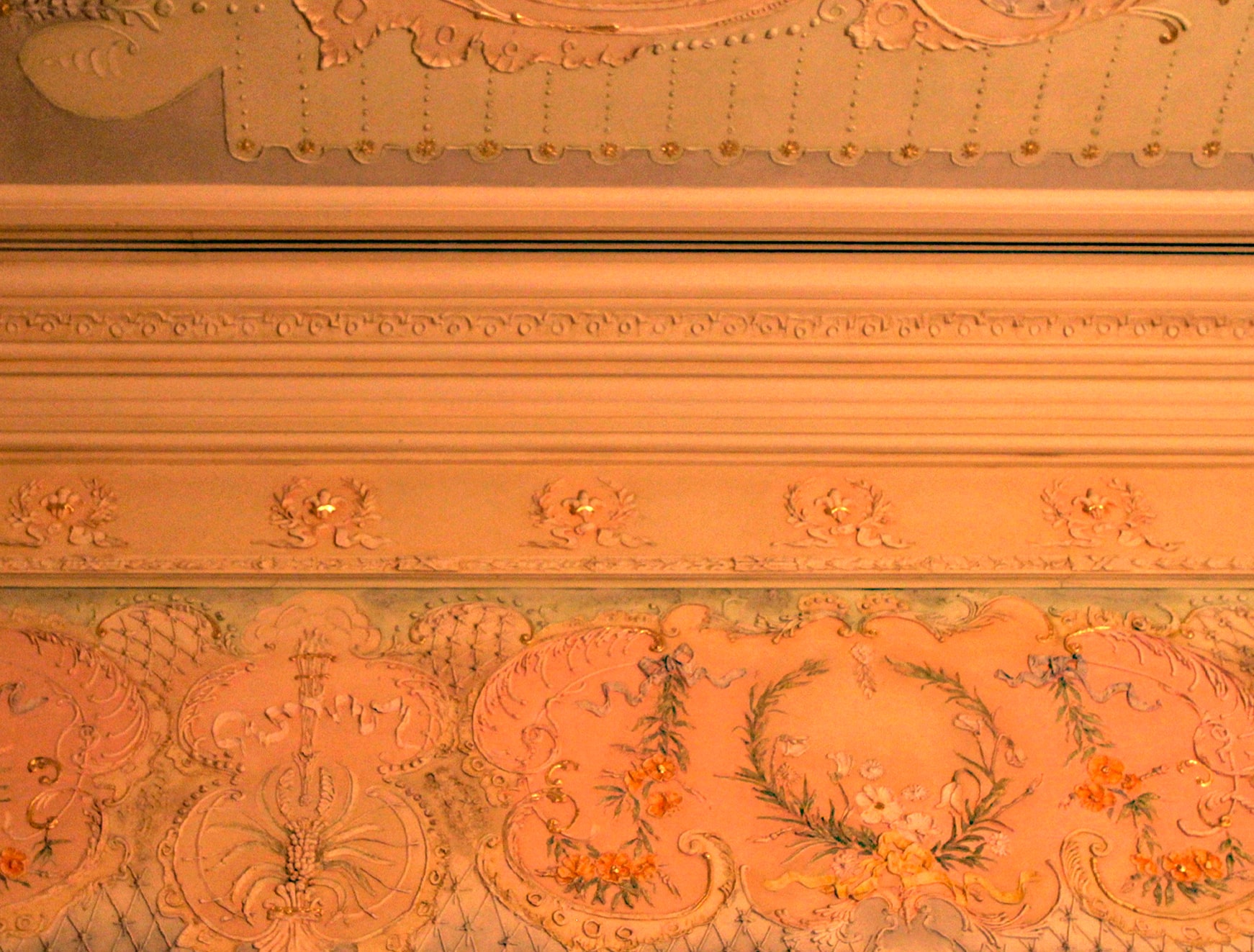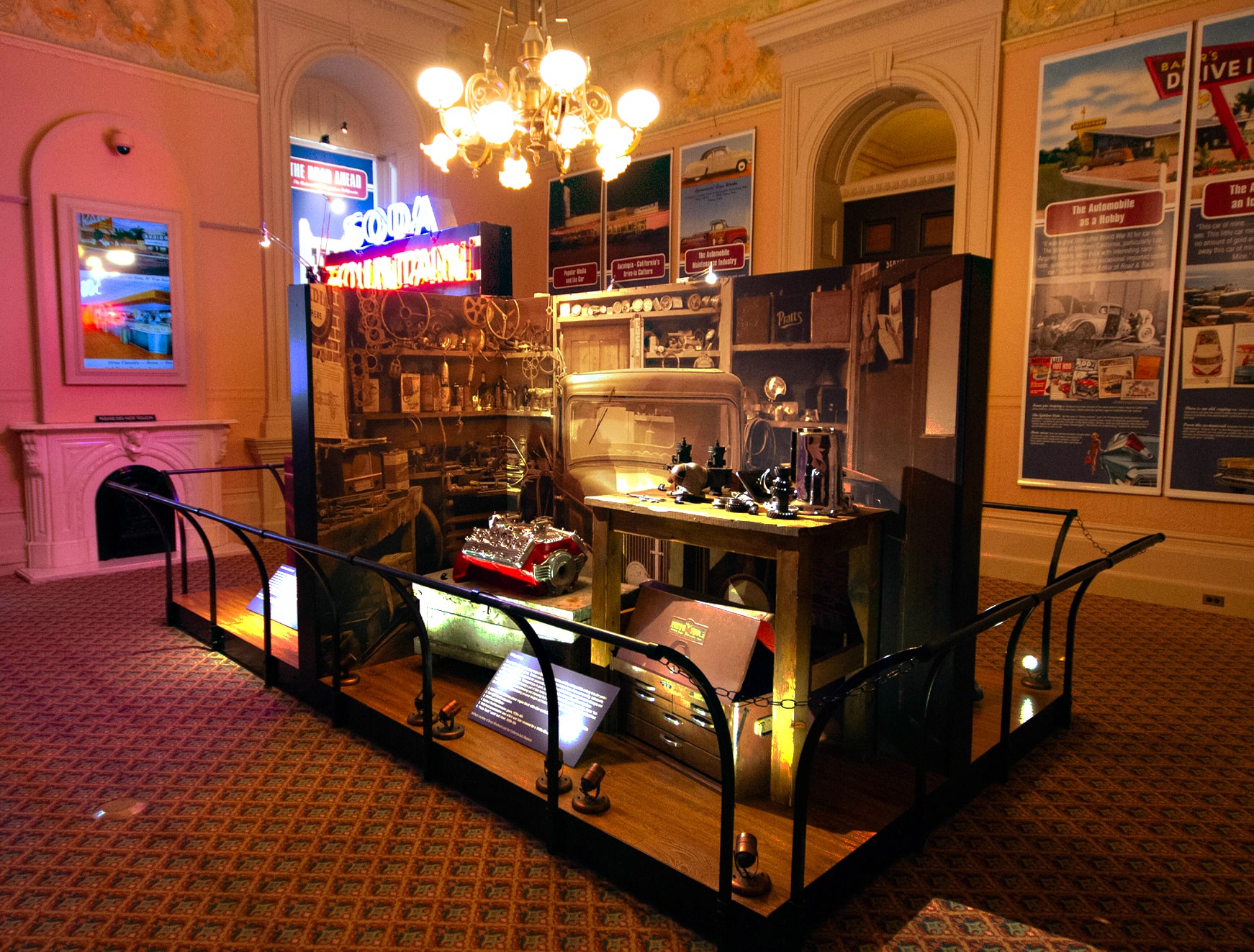Archives Exhibit Room
In the late nineteenth century, the State Archives Exhibit Room was occupied by the Keeper of the Archives and their staff. The State Archives were originally the responsibility of the Secretary of State’s office and served as the official repository for California’s most important documents. Archives staff handled document requests and collated, catalogued, and filed government paperwork. The Archives were connected to a fireproof vault in the basement which housed the state’s most valuable collections. The California State Archives outgrew this space at the Capitol, and now occupies a six-story building.
Though the State Archives Exhibit Room had been converted into the private office of Secretary of State Charles F. Curry by 1902, the interior was furnished with reproduction pieces and artifacts from the State Archives in the decades following the 1970s restoration – a nod to the Secretary of State’s early role in ensuring their preservation.
Today, the State Archives Exhibit Room is used to display the rotating exhibits of the State Capitol Museum. It also serves to highlight the skill of the restoration craftspeople and the beauty of the Capitol’s original design elements.
During the 1970s restoration, sections of an elaborate plaster ceiling, frieze, and embossed wall paneling were discovered in one of the North Wing offices. Restorers consulted nineteenth-century accounting claims and purchase records and were able to determine that their discoveries had been installed in the summer of 1889. Purchases such as plaster and specialized paints coincided with records of a team of plasterers and fresco painters working onsite.
The room in which the original features had been found was to be converted into a committee room. The Capitol restorers wanted to ensure that visitors would have an opportunity to enjoy the striking plasterwork, however, and decided to recreate what they had found for public viewing in the State Archives Exhibit Room.
The original embossed wall paneling, called Lincrusta, was made from linseed oil and sawdust. Restoration workers made molds of the panels and cast reproductions, strengthening them with fiberglass. While this duplication method worked well for the Lincrusta panels, it could not be applied to elaborate plasterwork of the ceiling and frieze, as the dimensions of the designs needed to be altered due to variations in room size.
Instead, these elaborate plaster designs (known as parget plasterwork) were sketched and transferred directly as outlines onto the upper walls and ceilings. Artists then used pastry tubes of plaster and small tools to painstakingly recreate the originals. Enlisting the help of the North Atlantic Preservation Center, paint color matches were identified using a preserved sample of parget found behind a duct during renovations. While elaborate, multicolored parget was common in the original decoration of the Capitol, it was something of a lost art by the time of the 1970s restoration.
Fortunately, the skilled artists, craftspeople, and historians involved in the restoration were able to recreate the intricate decorations for today’s Capitol visitors.


